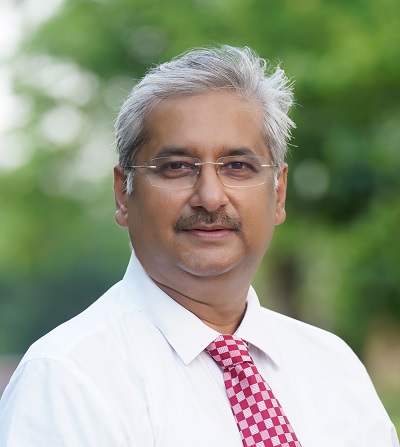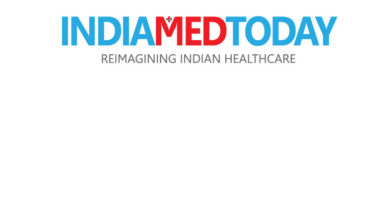What Closing the Cancer Care Gap Means

The acute shortage cripples the entire healthcare system, leaving patients struggling to access even basic consultations, let alone specialised cancer care and the deficit extends beyond oncologists. Manikandan Bala,
Managing Director, India & Senior Vice President, Intercontinental, Elekta explores
The surge in cancer cases globally poses a critical challenge to communities and healthcare systems. The disease killed about 10 million people across the globe in 2020, and about one in nine Indians will develop cancer in their lifetime. Within the next two decades, the predicted number of new cancer cases in India is likely to increase by approximately over 55 per cent, and the global disease burden is likely to increase by 44 per cent.
Furthermore, while the overall burden grows, so do inequities in who can access cancer care and who has a greater chance of survival. The availability of treatment varies significantly between countries with differing income levels; comprehensive treatment is reportedly available in more than 90 per cent of high-income countries but in less than 15 per cent of low-income countries.
The fight against cancer is riddled with disparities, with access to crucial life-saving treatments like radiation therapy remaining distressingly uneven across the world. This gap in cancer care has many facets, but let’s focus on two critical factors plaguing India: a staggering shortage of skilled healthcare professionals and the dire lack of advanced treatment options such as radiation therapy equipment.
A workforce crisis on the frontlines in India
The oncological workforce paints a bleak picture as there are only 2,000 oncologists for 10 million patients, according to a research paper published in 2022. This acute shortage cripples the entire healthcare system, leaving patients struggling to access even basic consultations, let alone specialised cancer care. The deficit extends beyond oncologists. In India, there are 5,000 radiation oncologists for an approximate annual incidence of 1.4 million new cases. This understaffing severely burdens existing personnel, compromising the quality and timeliness of treatment.
Empty Chambers, Empty Hope
The inadequacy of radiation therapy equipment adds another layer to this complex crisis. In 2020, there were only 0.53 radiation therapy units per million people in India, while the World Health Organization (WHO) recommends at least one unit per million population.
This means millions of patients lack access to this critical modality and are forced to navigate geographical barriers or succumb to the disease while waiting for their treatment.Another pivotal aspect is the establishment of more cancer care facilities in rural areas. While nearly 70 per cent of the Indian population resides in rural regions, only 5 per cent of cancer care facilities are located there; expanding infrastructure in underserved areas is vital. This expansion will significantly contribute to improved access to cancer care services for those living in remote regions.
Close the gap
Closing this deadly gap in cancer care requires a concerted effort on multiple fronts.
- Investment in workforce development: Implementing targeted scholarship programmes, streamlining medical education for oncological specialities, and incentivising doctors to serve in rural areas are crucial steps to building a robust healthcare workforce. Additionally, we are witnessing extraordinary breakthroughs in digital, data and AI technologies. These can, technically, empower staff while making their jobs more meaningful, and productive and free up their time.
- Promote public-private partnerships: Leveraging private sector expertise and resources to upgrade infrastructure, provide essential equipment, and train specialists can significantly accelerate progress.
- Embrace technological advancements: Prioritising the integration of advanced radiation therapy technologies such as MRI-based linear accelerators (MR-Linacs) and contemporary technology is key to offering patients the best possible chance for curative treatment.
- Empower communities: Raising awareness about early detection, promoting healthy lifestyles, and dismantling stigmas associated with cancer are essential for fostering prevention and timely treatment.
- Financial barriers: The economic costs associated with cancer treatment can be prohibitive for many patients in India.
Policymakers should explore measures such as subsidies, insurance coverage, or fostering public-private partnerships to make cancer care more affordable and accessible. By prioritising awareness, accessibility, and technological innovation, we can collectively work towards a future where cancer is not a formidable global health challenge but a conquered one. The journey towards improved cancer care requires a united front, with governments, non-profit organisations, the private sector, and academic institutions joining hands to make a lasting impact on the lives of millions affected by this pervasive disease.


